Peak-to-Average Power Ratio Reduction Algorithm Based on Double Optimization in FBMC-OQAM System
-
摘要: 针对部分传输序列(PTS)算法在交错正交幅度调制的滤波器组多载波(FBMC-OQAM)系统中受符号重叠的影响,造成峰值再生,从而导致系统峰值功率比(PAPR)较高、计算复杂度较大等问题,该文提出一种基于双层优化的PTS算法(DO-PTS)。该算法对信号数据块进行两层相位因子搜索以获得更好的PAPR抑制性能,第1层充分考虑重叠特性,结合前面重叠数据块进行初步优化,第2层对数据块进行分组,在每组选择对峰值影响最大的数据块进行优化,来减少进行相位因子搜索的数据块数量,并且在第1层优化中缩小相位因子的搜索范围,以降低系统的计算复杂度。通过对计算复杂度和仿真结果的分析表明,同其它主流PTS优化算法相比,所提算法不仅能取得很好的 PAPR抑制性能,还具有较低的计算复杂度,同时也保证了系统的传输数据率。
-
关键词:
- FBMC-OQAM系统 /
- 峰值功率比 /
- 部分传输序列 /
- 双层优化
Abstract: The Partial Transmission Sequences (PTS) algorithm is affected by symbol overlap in the Filter Bank MultiCarrier with Offset Quadrature Amplitude Modulation (FBMC-OQAM), resulting in peak value regeneration, which leads to high Peak-to-Average Power Ratio (PAPR) and computational complexity. In this paper, a PTS algorithm based on Double Optimization (DO-PTS) is proposed, which searches two-layer phase factor for signal data blocks to obtain better PAPR suppression performance. The first layer takes full account of the overlap characteristics and combines the previous overlapping data blocks for initial optimization. The second layer groups the signals, and in each group, the data blocks that have the greatest impact on the peak value are optimized to reduce the number of data blocks for phase factor search. The search range of phase factor is reduced in the first layer optimization to reduce the calculation complexity. Through the analysis of computational complexity and simulation results, it is shown that compared with other mainstream PTS optimization methods, this algorithm can not only offer good PAPR reduction performance, but also have low computational complexity, and also ensure the transmission data rate of the system. -
表 1 各种算法的运算复杂度
子块数 $V = 4$ $V = 8$ 算法 复杂度 百分比(%) 复杂度 百分比(%) C-PTS 3440640 100 28835840 100 MBJO-PTS 6635520 >100 2707947520 >100 S-PTS 1171456 34.05 4980736 17.27 SBO 1771520 51.49 6303744 21.86 DO-PTS 1865216 54.21 9070080 31.45 -
[1] FARHANG-BOROUJENY B. OFDM versus filter bank multicarrier[J]. IEEE Signal Processing Magazine, 2011, 28(3): 92–112. doi: 10.1109/msp.2011.940267 [2] 庞晓娇, 赵永波, 徐保庆, 等. 基于原子范数的MIMO雷达发射波形设计方法[J]. 电子与信息学报, 2019, 41(9): 2143–2150. doi: 10.11999/JEIT181107PANG Xiaojiao, ZHAO Yongbo, XU Baoqing, et al. An atomic norm-based transmit waveform design method in MIMO radar[J]. Journal of Electronics &Information Technology, 2019, 41(9): 2143–2150. doi: 10.11999/JEIT181107 [3] JIANG Tao, NI Chunxing, QU Daiming, et al. Energy-efficient NC-OFDM/OQAM-based cognitive radio networks[J]. IEEE Communications Magazine, 2014, 52(7): 54–60. doi: 10.1109/MCOM.2014.6852083 [4] NISSEL R, SCHWARZ S, and RUPP M. Filter bank multicarrier modulation schemes for future mobile communications[J]. IEEE Journal on Selected Areas in Communications, 2017, 35(8): 1768–1782. doi: 10.1109/JSAC.2017.2710022 [5] KIM J, PARK Y, WEON S, et al. A new filter-bank multicarrier system: The linearly processed FBMC system[J]. IEEE Transactions on Wireless Communications, 2018, 17(7): 4888–4898. doi: 10.1109/TWC.2018.2832646 [6] 庄陵, 关鹃, 马靖怡, 等. 一种基于结构优化的FIR滤波器舍入噪声性能改进方案[J]. 电子与信息学报, 2019, 41(4): 932–938. doi: 10.11999/JEIT180480ZHUANG Ling, GUAN Juan, MA Jingyi, et al. An improvement project of roundoff noise performance of FIR filters based on structure optimization[J]. Journal of Electronics &Information Technology, 2019, 41(4): 932–938. doi: 10.11999/JEIT180480 [7] SHAHEEN I A, ZEKRY A, NEWAGY F, et al. PAPR reduction of FBMC/OQAM systems based on combination of DST precoding and A-law nonlinear companding technique[C]. 2017 International Conference on Promising Electronic Technologies, Deir El-Balah, Palestine, 2017: 38–42. doi: 10.1109/ICPET.2017.13. [8] CHOI K. Alamouti coding for DFT spreading-based low PAPR FBMC[J]. IEEE Transactions on Wireless Communications, 2019, 18(2): 926–941. doi: 10.1109/twc.2018.2886347 [9] LU Shixian, QU Daiming, and HE Yejun. Sliding window tone reservation technique for the peak-to-average power ratio reduction of FBMC-OQAM signals[J]. IEEE Wireless Communications Letters, 2012, 1(4): 268–271. doi: 10.1109/wcl.2012.062512.120360 [10] YANG Chaosan, LIU Rongke, ZHAO Ling, et al. Modified SLM scheme of FBMC signal in satellite communications[J]. IET Communications, 2019, 13(11): 1702–1708. doi: 10.1049/iet-com.2018.5101 [11] QU Daiming, LU Shixian, and JIANG Tao. Multi-block joint optimization for the peak-to-average power ratio reduction of FBMC-OQAM signals[J]. IEEE Transactions on Signal Processing, 2013, 61(7): 1605–1613. doi: 10.1109/TSP.2013.2239991 [12] YE Chen, LI Zijun, JIANG Tao, et al. PAPR reduction of OQAM-OFDM signals using segmental PTS scheme with low complexity[J]. IEEE Transactions on Broadcasting, 2014, 60(1): 141–147. doi: 10.1109/TBC.2013.2282732 [13] MOON J H, NAM Y R, and KIM J H. PAPR reduction in the FBMC-OQAM system via segment-based optimization[J]. IEEE Access, 2018, 6: 4994–5002. doi: 10.1109/ACCESS.2018.2794366 [14] NA Dongjun and CHOI K. Low PAPR FBMC[J]. IEEE Transactions on Wireless Communications, 2018, 17(1): 182–193. doi: 10.1109/TWC.2017.2764028 [15] NISSEL R and RUPP M. Pruned DFT-spread FBMC: Low PAPR, low latency, high spectral efficiency[J]. IEEE Transactions on Communications, 2018, 66(10): 4811–4825. doi: 10.1109/tcomm.2018.2837130 -





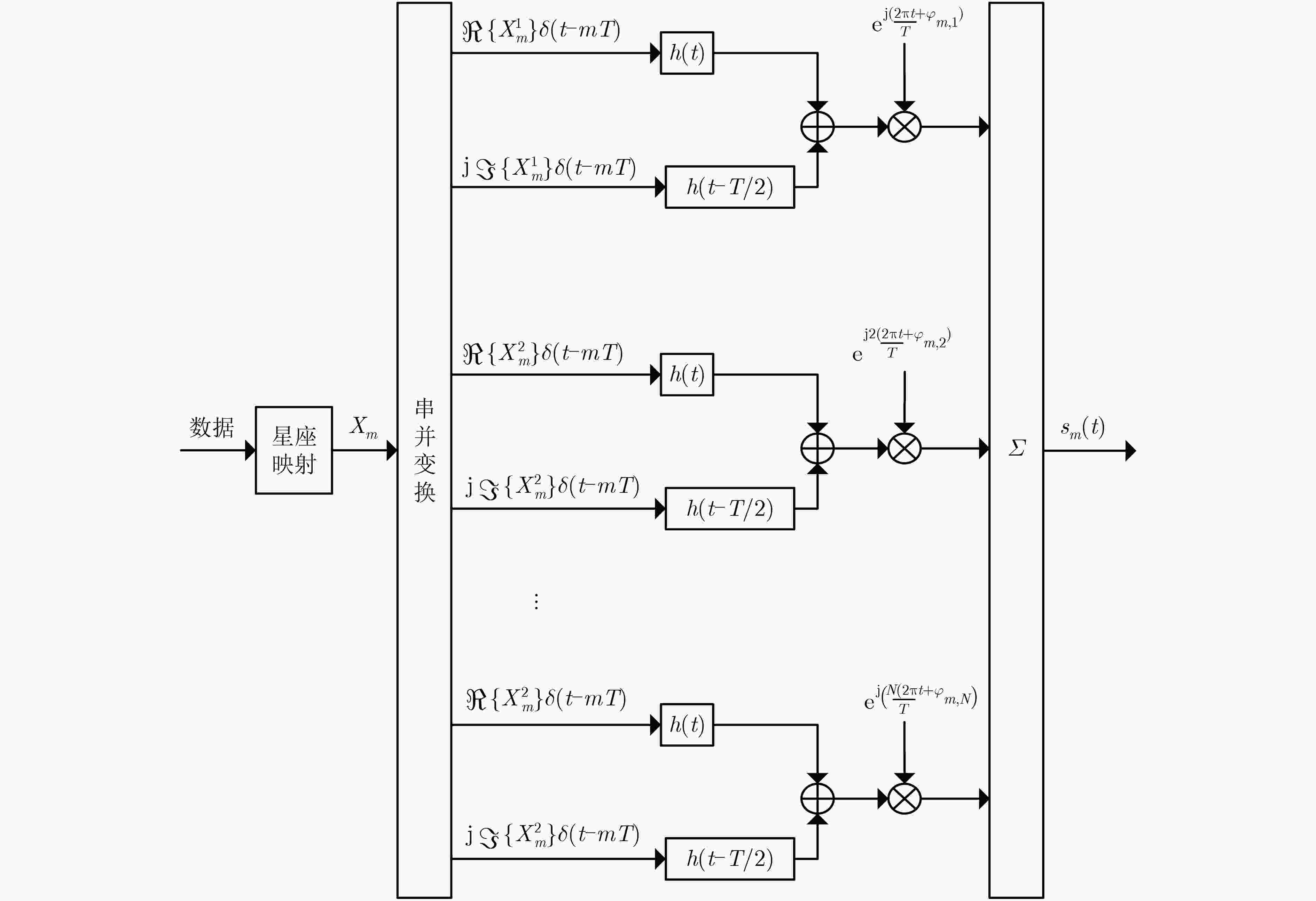
 下载:
下载:
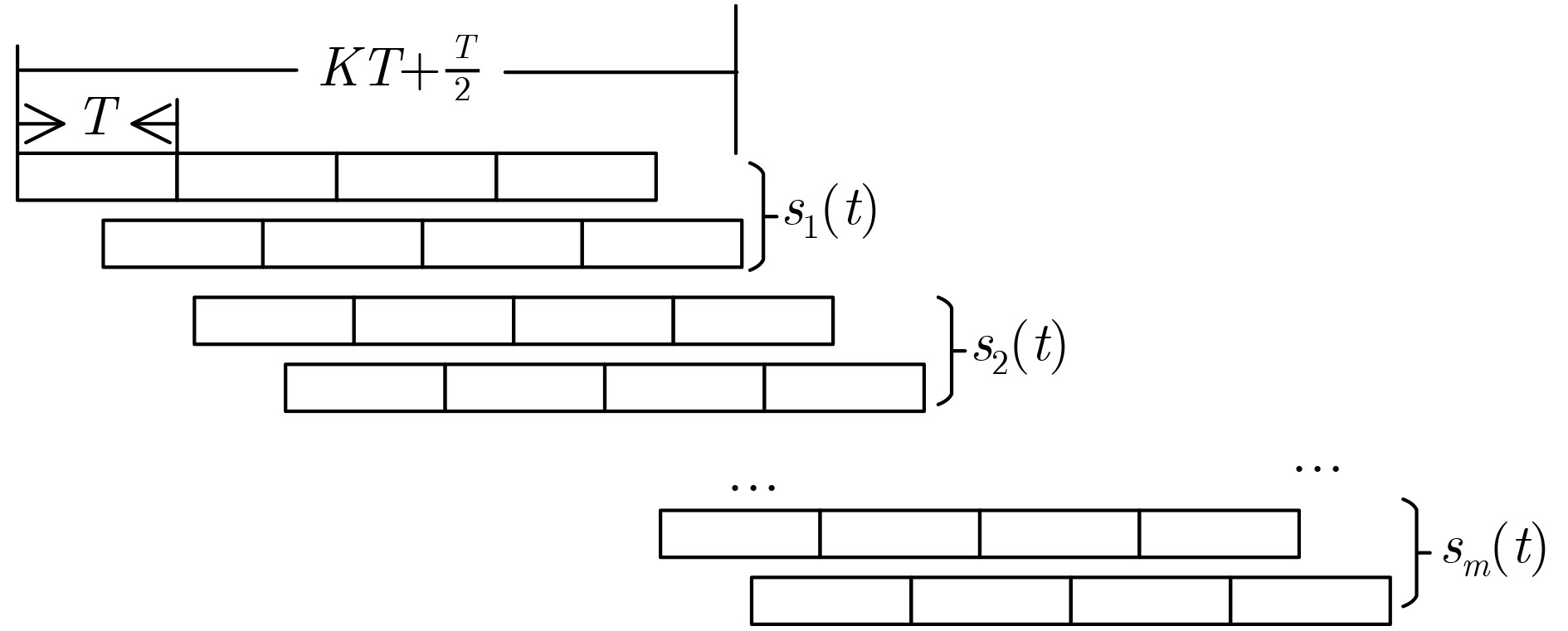

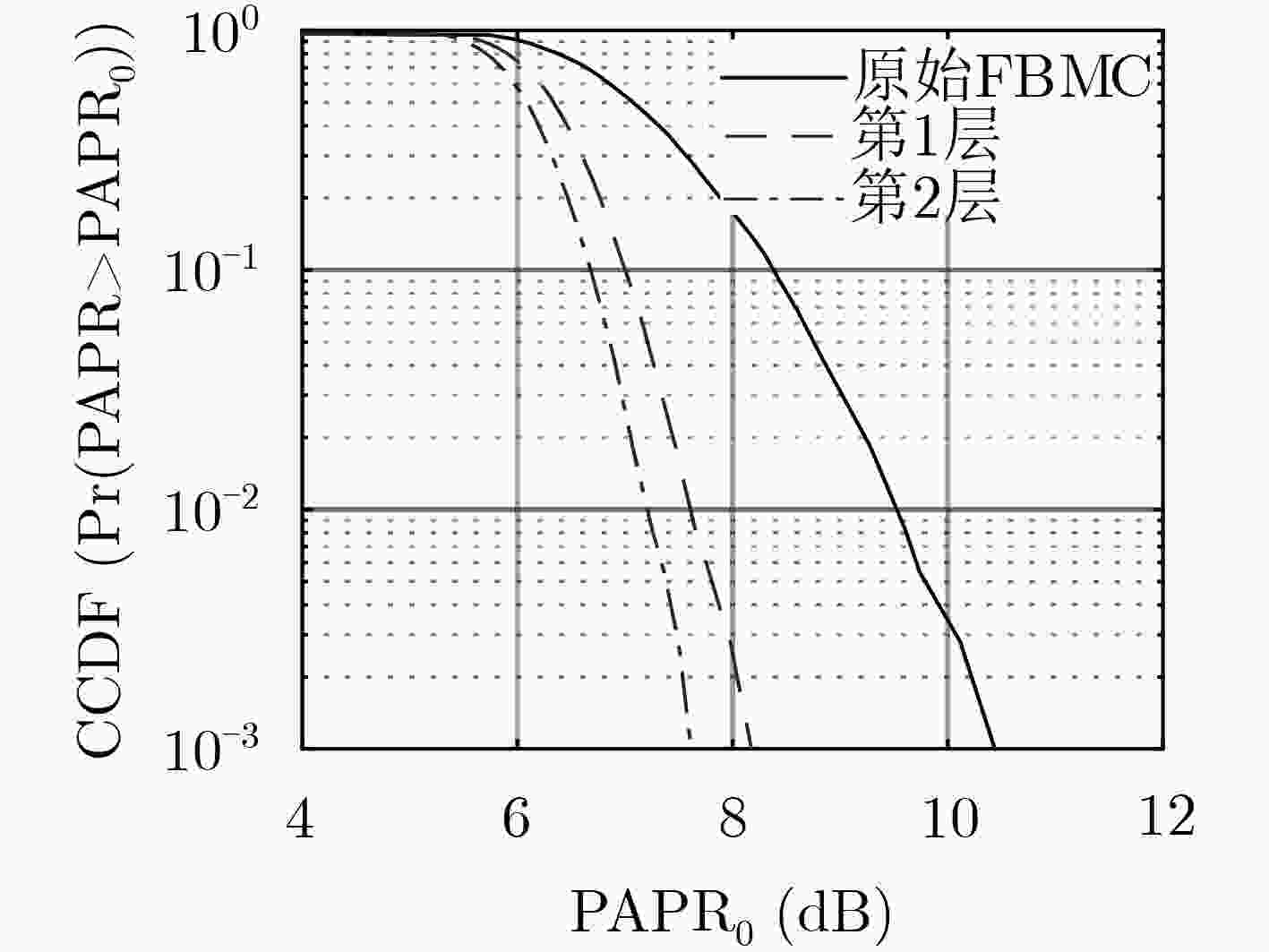

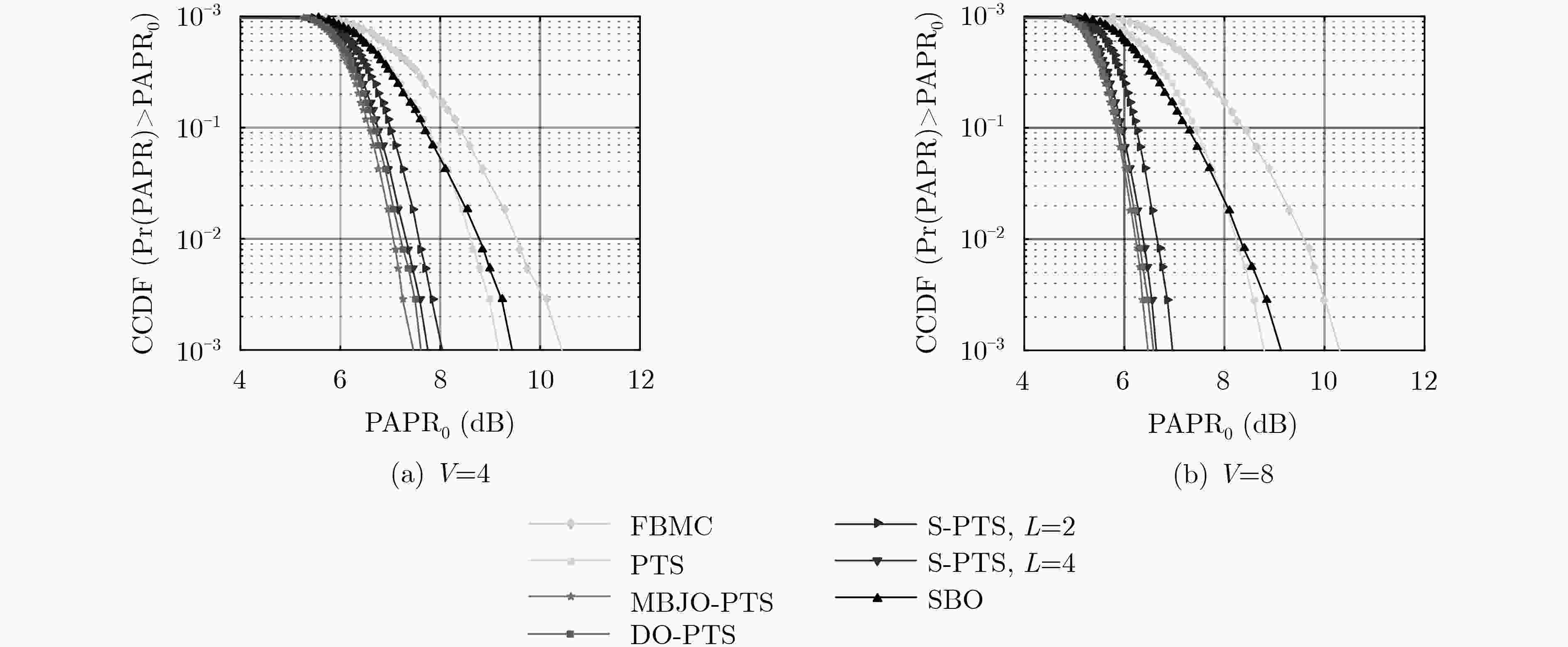
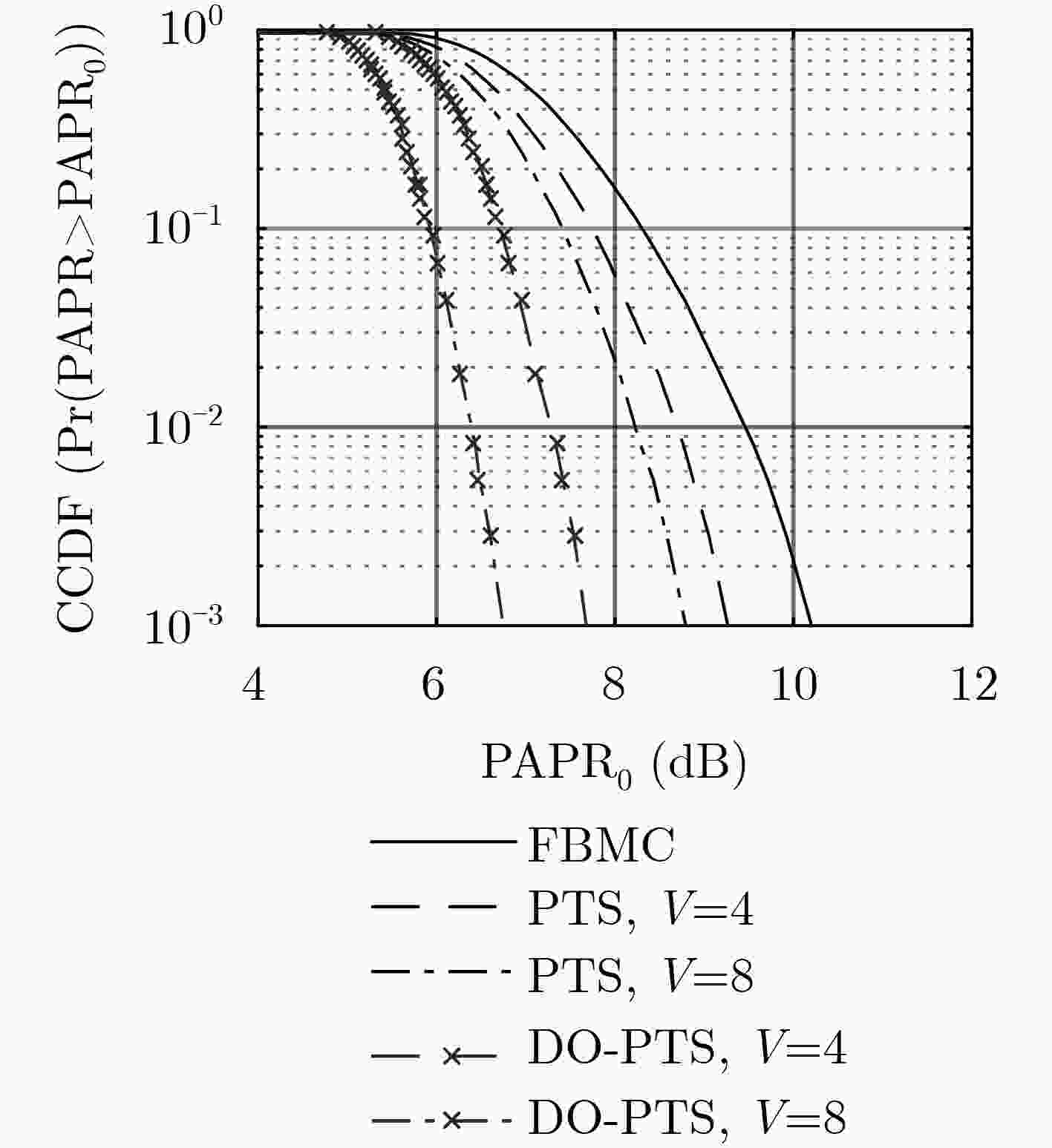


 下载:
下载:
